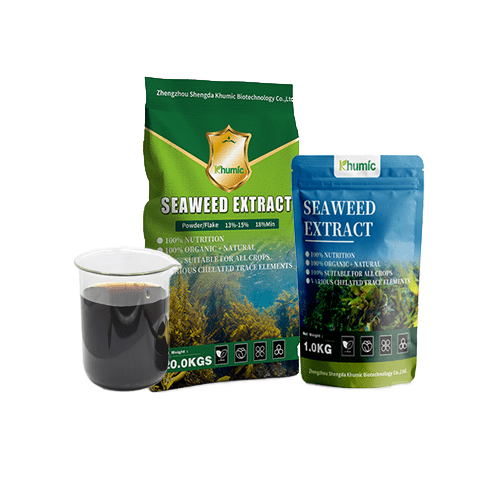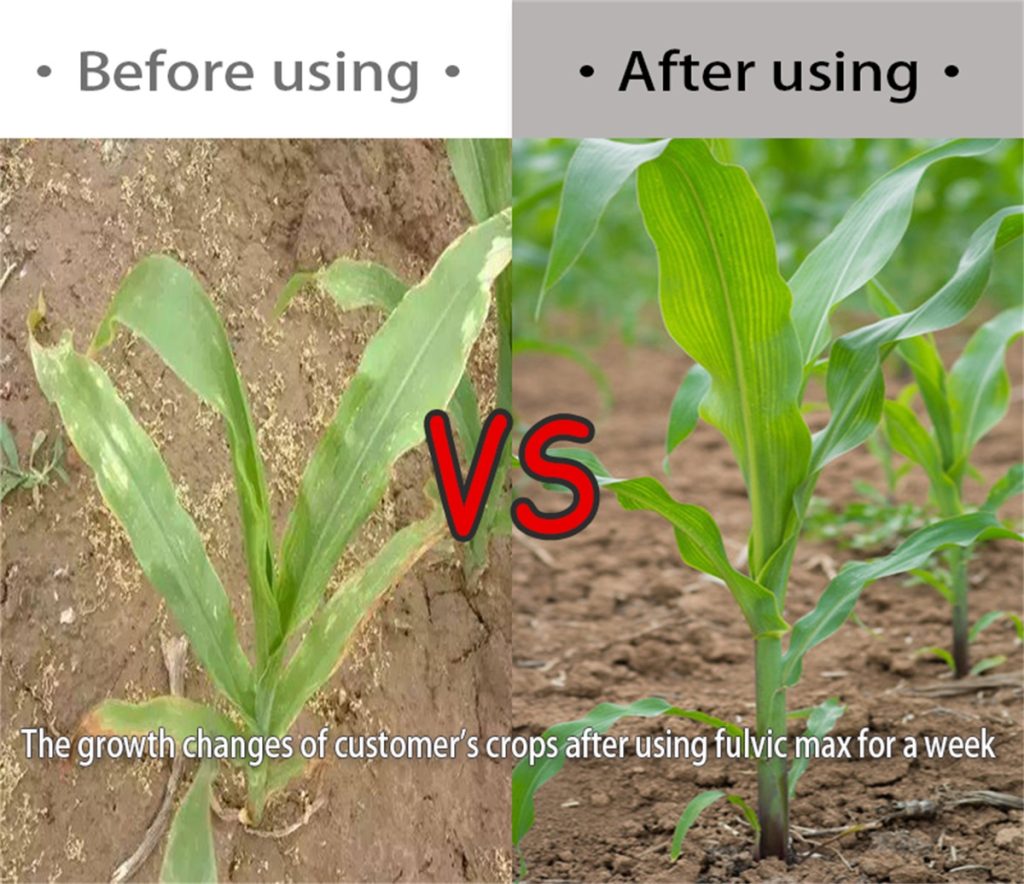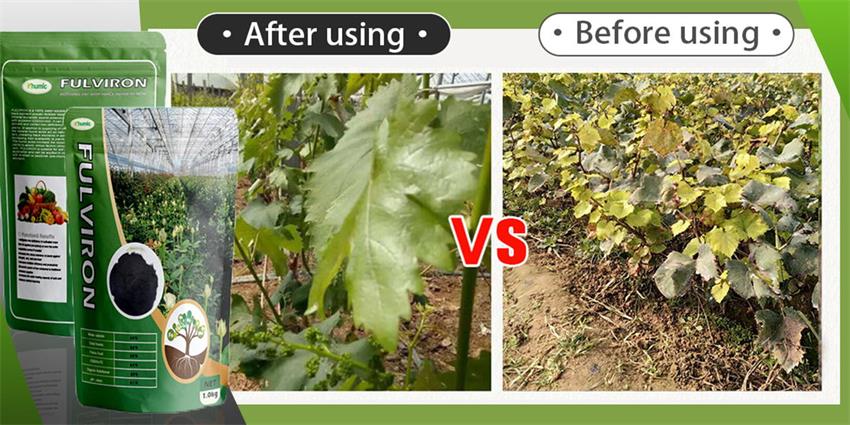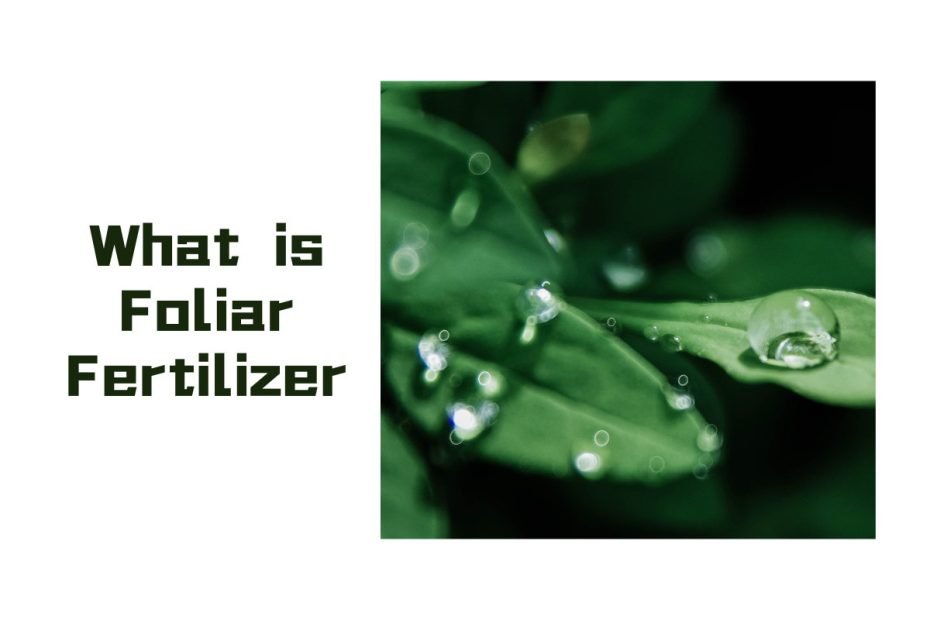Introduction
In the world of agriculture and horticulture, the term “foliar fertilizer” comes up a lot. But what exactly is a foliar fertilizer? How does it work its magic on plants? In this comprehensive guide, we’ll take an in-depth exploration of what foliar fertilizers do, how to apply them, and best practices for optimal plant growth.
Table of Contents
What is Foliar Fertilizer?
Foliar fertilizers are not intended as a replacement for soil fertilizers and soil conditioning, but rather as a supplement, phytonutrients sprayed directly onto plant leaves. Contrast is inefficient at absorbing nutrients from the soil and may take several days to produce noticeable results. Foliar fertilizers are absorbed through stomata (tiny pores) in plant leaves, allowing plants to quickly absorb nutrients.
Foliar fertilizers are usually rich in essential nutrients such as nitrogen, phosphorus, and potassium, as well as trace elements such as iron, manganese, and zinc. These nutrients dissolve in water to form a solution that can be easily sprayed onto plant leaves.


Benefits of Using Foliar Fertilizers
1. Quickly absorb nutrients
Foliar fertilizers deliver nutrients directly to the plant’s leaves, where they are absorbed more quickly than soil fertilizers and produce immediate results. This advantage is especially apparent when soil nutrient levels are low or plants are starved of nutrients.
2. Correct defects
Foliar fertilization can address specific nutrient deficiencies in plants more effectively than soil fertilization. Foliar sprays can quickly resolve nutritional imbalances and promote healthy growth by spraying deficient nutrients directly onto leaves.
3. Improve nutritional efficiency
Because foliar fertilizers are applied directly to the leaves, there is less risk of nutrient leaching or loss, maximizing nutrient efficiency and reducing waste, ultimately saving costs for farmers and gardeners.
4. Enhance plant health and growth
Regular application of foliar fertilizers can promote overall plant health, stimulate growth (foliar fertilizers extend from the leaves down toward the roots and stimulate leaf activity, thereby stimulating root development), and increase the plant’s resistance to stressors such as pests, disease, and environmental conditions. resistance. Can improve output and product quality.

How to Apply Foliar Fertilizer
When choosing a foliar fertilizer, it is important to consider the nutritional needs of your plants. Not all plants are alike, and a fertilizer formulated for one plant may not be suitable for another.
The best time to spray foliar fertilizer
Apply foliar fertilizer when temperatures are cool and there is dew on the leaves, such as in the evening and early morning (avoid direct sunlight, which can cause leaf burn), when the stomata are open, allowing for better nutrient absorption. Avoid spraying during the hottest times of the day to prevent leaf burn.
Mode of administration
Use a handheld sprayer or backpack sprayer to evenly spray the foliar fertilizer solution over the plant’s leaves. Make sure to cover thoroughly, including the tops and bottoms of the leaves, for maximum nutrient absorption.
Dilution
Always dilute foliar fertilizer at recommended rates before application to prevent leaf burn and nutrient toxicity. Using fertilizers at higher than recommended concentrations may damage plants and negatively affect growth.

Best Practices for Using Foliar Fertilizers
- Combine with Pest Control: Add a pest control solution to your foliar fertilizer mix for dual purposes.
- Monitor plant response: Watch your plants closely after applying a foliar fertilizer to observe any changes and adjust the application as needed.
- Compatibility: Some foliar fertilizers may be incompatible with certain pesticides or chemicals. Always check compatibility before mixing different products to avoid any adverse reactions that may harm your plants.
- Test: Monitor plants regularly for signs of nutritional deficiencies or excesses. Conduct a soil test and leaf tissue analysis to determine the plant’s nutritional status and adjust foliar fertilizer amounts accordingly.
- Rotate nutrients: To prevent nutrient imbalances and the accumulation of certain elements in the soil, consider rotating different types of foliar fertilizers with different nutrient profiles. This helps maintain the healthy nutritional status of plants and soil.
Conclusion
In summary, foliar fertilizers are valuable tools for gardeners and farmers to promote plant growth, correct nutritional deficiencies, and enhance overall plant health. By understanding the benefits of foliar fertilizers, following best fertilization practices, and monitoring plant response, you can harness the power of these liquid nutrients to create thriving, productive plants.
KHUMIC produces various forms of foliar fertilizers, and the formula can be customized according to your needs:
◆Khumic-200 (organic humic acid fulvic acid+)
◆FulvicMax (organic humic acid + fulvic acid)
◆FulvicPlus (organic humic acid +)
◆Amino acid powder
◆ Seaweed extract powder/tablets
◆EDDHA iron 6%
FAQs
Can foliar fertilizers replace traditional soil fertilization methods?
Foliar fertilizers can complement soil fertilization but should not be used as a sole source of nutrients for plants. They are best used in conjunction with soil applications to meet the plant’s complete nutrient requirements.
Are foliar fertilizers suitable for all types of plants?
While foliar fertilizers can benefit many plants, not all plants may respond positively to foliar applications. Researching the specific nutrient needs and compatibility of plants before using foliar fertilizers is essential.
How quickly can plants absorb nutrients from foliar fertilizers?
Plants can absorb nutrients from foliar fertilizers within hours of application, making it a quick and efficient way to address immediate nutrient deficiencies or promote growth during critical growth stages.
Are foliar fertilizers environmentally friendly?
When used responsibly and according to recommended rates, foliar fertilizers can be environmentally friendly. However, excessive use or improper application can lead to nutrient runoff and environmental pollution.
Can foliar fertilizers be used on edible crops?
Yes, foliar fertilizers can be safely used on edible crops. However, following label instructions is essential, as avoiding spraying directly on edible parts, and observing pre-harvest intervals to ensure food safety.
